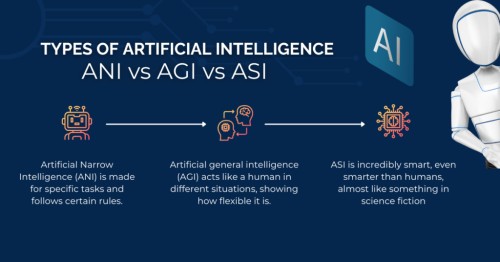In today’s competitive software landscape, staying ahead means not just delivering products quickly, but also ensuring they are of the highest quality. That’s where Continuous Integration and Continuous Delivery (CI/CD) pipelines come into play. These automated workflows streamline the development process, from code changes to deployment, empowering teams to deliver reliable software faster than ever before. In this blog post, we’ll explore the fundamentals of CI/CD pipelines and how they benefit software companies of all sizes.
Understanding CI/CD Pipelines
CI/CD pipelines are the backbone of modern software development, offering a systematic approach to building, testing, and deploying code changes. Here’s how they work:
Continuous Integration (CI)
Developers frequently merge their code changes into a shared repository. Each merge triggers an automated build and test process to detect integration errors early.
Continuous Delivery (CD)
With every successful CI build, the software is automatically deployed to a testing or staging environment. Continuous Delivery ensures that your software is always in a deployable state, ready for release at any moment.
Continuous Deployment
In some cases, organizations take automation a step further with Continuous Deployment, where every change that passes through the pipeline is automatically deployed to production.
The Importance of CI/CD
CI/CD pipelines offer numerous benefits to software development teams:
Speed and Efficiency
By automating repetitive tasks like building, testing, and deployment, CI/CD pipelines significantly reduce the time it takes to deliver new features and updates to users.
Improved Code Quality
Automated testing catches bugs and errors early in the development cycle, reducing the likelihood of issues reaching production.
Increased Collaboration
CI/CD encourages collaboration among developers, testers, and other stakeholders by providing a centralized platform for code integration and feedback.
Reduced Risk
With automated testing and deployment, the risk of human error is significantly reduced, leading to more reliable software releases.
Scalability
CI/CD pipelines scale with your development process, making them suitable for projects of any size, from small startups to large enterprises.
Curabitur varius eros et lacus rutrum consequat. Mauris sollicitudin enim condimentum, luctus enim justo non, molestie nisl.
Implementing CI/CD in Your Organization
To reap the full benefits of CI/CD pipelines, consider the following best practices:
Start Small
Begin by automating the most critical aspects of your development process, such as building and testing, before gradually expanding the scope of your CI/CD pipeline.
Version Control
Use a version control system like Git to manage code changes and ensure that every change is tracked, documented, and reversible.
Automate Everything
Automate as many steps of the development lifecycle as possible, including code formatting, static analysis, and deployment.
Feedback Loop
Establish a feedback loop to gather insights from each stage of the pipeline and iterate based on feedback to improve efficiency and quality continuously.
Monitor and Optimize
Monitor the performance of your CI/CD pipeline and optimize it regularly to ensure it remains efficient, reliable, and scalable.
Bottom line CI/CD pipelines are essential tools for modern software development, enabling teams to deliver high-quality software at scale. By automating key processes and fostering collaboration, CI/CD accelerates time to market, improves code quality, and reduces risk. As organizations continue to embrace DevOps practices, CI/CD pipelines will play an increasingly critical role in driving innovation and success in the digital era. Embrace CI/CD, and unlock the full potential of your development team.



